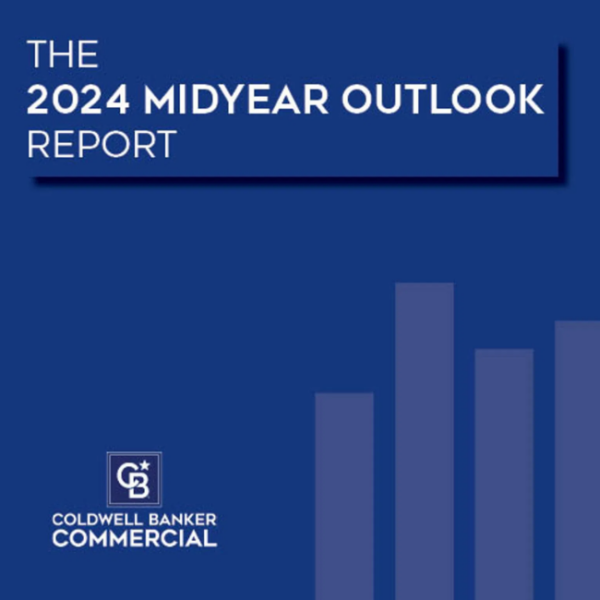The first half of 2024 has been marked by economic uncertainty, higher interest rates, increasing debt costs, weakening property fundamentals, and a continuing divergence between public and private real estate valuations. These conditions are expected to persist through the remainder of the year, creating a challenging landscape for investors and real estate operators alike, according to a recent report from NAREIT.
Through the end of June, U.S. public equity REITs delivered lackluster total returns. As the 10-year Treasury yield has risen, REIT returns have typically declined, with the 52-week correlation between REIT and 10-year Treasury total returns consistently negative.
Even so, U.S. public equity REITs appear to be well-positioned for the remainder of 2024 for several reasons. First, REITs have maintained high occupancy rates despite supply-demand imbalances, showcasing their adept asset selection and management. With lower debt loads and greater operational flexibility, REITs face less financial stress compared to their highly leveraged counterparts. This has helped public real estate has outperformed private market counterparts by nearly 33% in cumulative total returns since the beginning of 2024 and the wide capitalization rate spreads suggest further potential for REIT outperformance in 2024. Lastly, REITs offer attractive investment opportunities with favorable occupancy rates and pricing advantages.
In the first half of 2024, the U.S. economy grappled with persistent inflation and rising interest rates, yet it experienced solid job gains and low unemployment. The economic growth rate has maintained a steady pace, tempering fears of a recession.
Despite the uncertain economic outlook, the probability of a U.S. recession within the next 12 months has decreased to 30% from 60% between the end of June 2024 and June 2023. However, potential downside risks remain, including repercussions from bank failures, monetary policy missteps, and geopolitical shocks.
Against this backdrop, the commercial real estate (CRE) market has faced significant challenges, marked by supply-demand imbalances, declining occupancy rates, and moderating rental growth rates. These conditions are expected to pressure property operational performance throughout 2024.
The mortgage market has also shifted dramatically since the end of 2021, with higher debt costs and stricter underwriting standards complicating refinancing efforts. The public-private divergence in property valuations further exacerbates these challenges, leading to potential negative leverage for private investors.
U.S. public equity REITs have shown resilience amid economic and market challenges. Data from the Nareit Total REIT Industry Tracker Series (T-Tracker®) indicates that REITs have continued to deliver year-over-year gains in funds from operations and net operating income. Their well-structured balance sheets, with low leverage ratios and predominantly unsecured, fixed-rate debt, provide greater operational flexibility and reduce financial stress compared to highly leveraged counterparts.
While the first half of 2024 clearly presented significant challenges for the U.S. economy and real estate markets, U.S. public equity REITs are still poised to perform for the remainder of the year. Strong operational performance, disciplined balance sheets, and a continued public real estate outperformance offer investors potential opportunities despite the prevailing economic headwinds. As the economic landscape continues to evolve, REITs’ resilience and strategic advantages make them a compelling choice for real estate investment in 2024.








